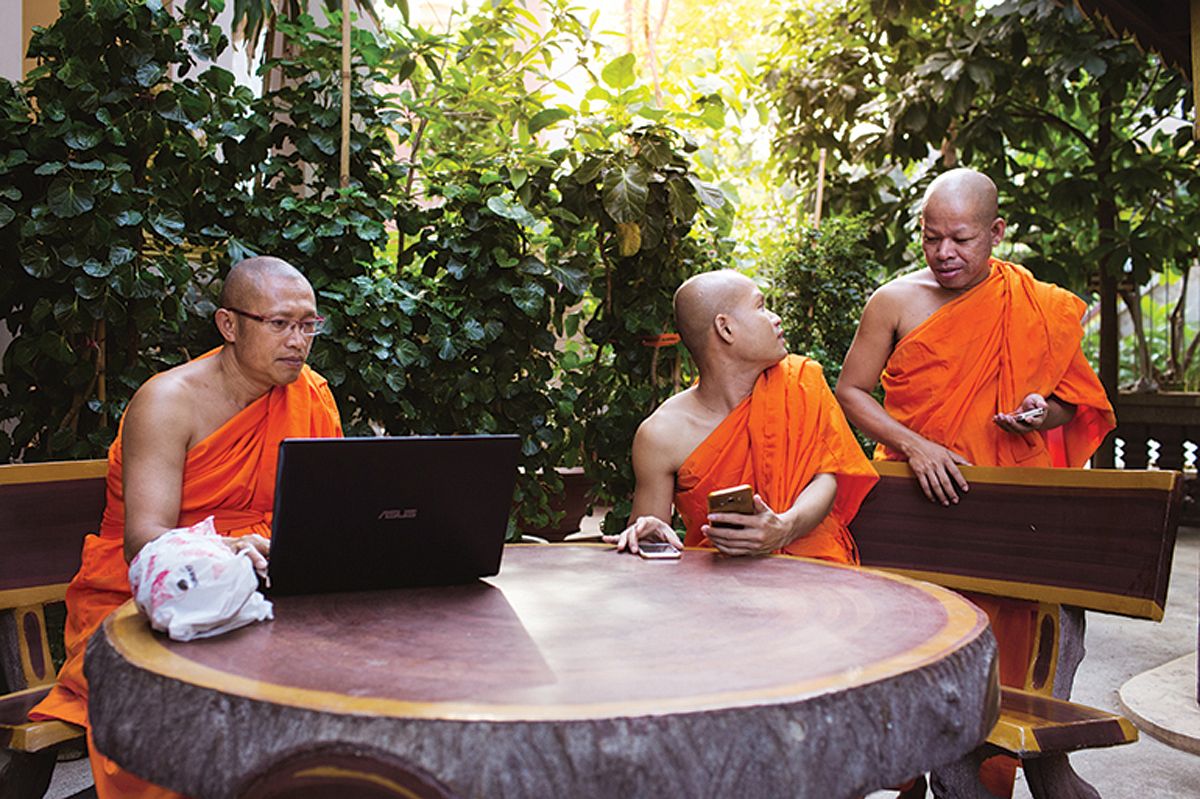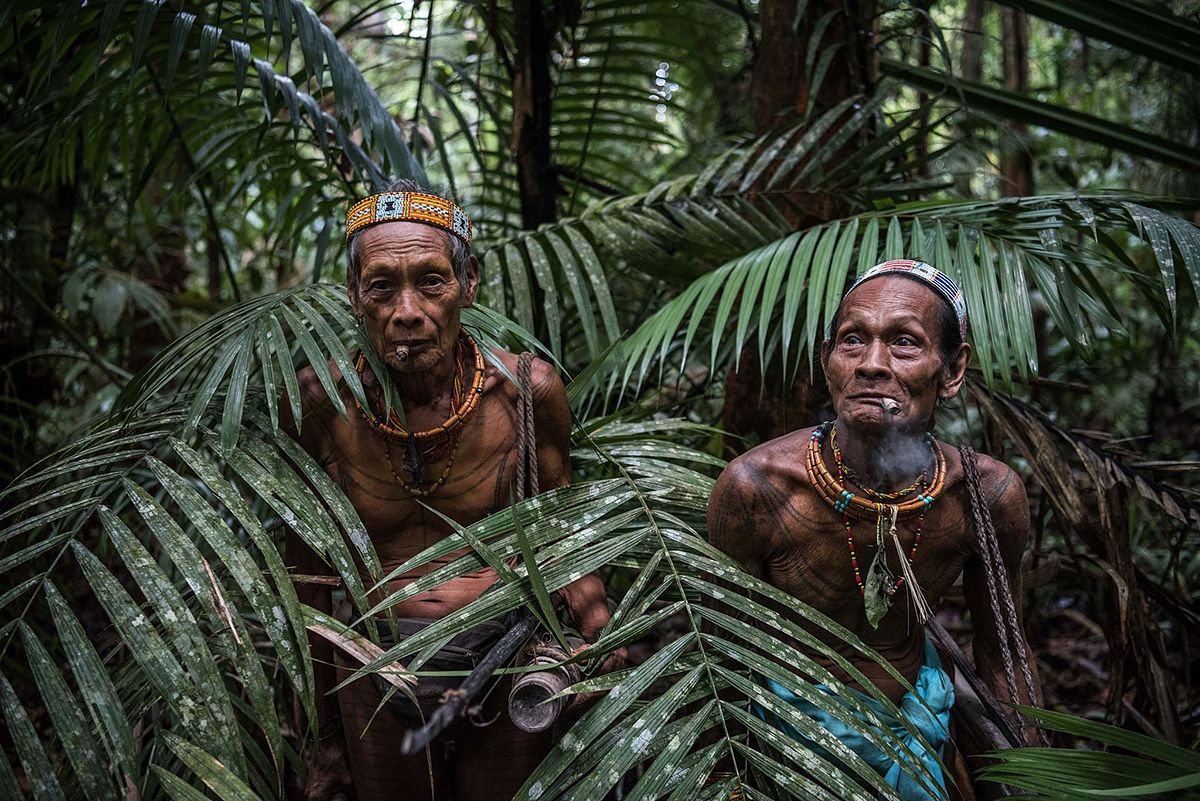Rocked by scandals, rapid modernization and a changing society, membership in Cambodia's Buddhist monkhood is on the decline.
According to Southeast Asia Globe writer Euan Black, though 95% of Cambodians still identify as Buddhist, the image of the country’s saffron-robed monks has taken a hit in recent years.
Once viewed as the social, cultural and educational centers of village life, Buddhist pagodas have seen a drop in the number of Cambodians entering the monkhood as more people move from rural areas into the city and tradition has given way to modern trends. Where once young Cambodian men would often join the monkhood as teenagers as a rite of passage, studying both Buddhism and Khmer culture before moving into adult life, today fewer and fewer young Cambodians are enlisting.
“Buddhism is not strong like before,” Bunsin Chuon, who has been a monk since 1996, told the Globe. “People have happier lives now because technology is so advanced, and fewer people want to become monks because to be a monk is not a happy life.”
Still, joining a Buddhist monastery remains one of the few paths through which disadvantaged young Cambodian men can advance their education and social standing. Kampong Cham native Sinen Neang, for instance, lived as a monk from the age of 17 to 27 before launching a career in human rights work. As his parents’ first-born son, he was required by tradition to enter the monkhood, but he soon realized the educational opportunities available to him meant he could receive an education to which many of his rural peers did not have access.
“If I didn’t ordain as a Buddhist monk, I had no chance to study at high school and university,” he told the Globe.
However, with the rise of secular schools and universities in Cambodia, this particular facet of the monkhood has also lost some of its appeal. As a result, Chuon, the monk, estimates the number of monks at Wat Langka, his monastery in Phnom Penh, has dropped from 300 to 100 in the last five years.
Also not helping matters are a handful of high-profile scandals – including the conviction of three separate monks in cases of underage rape – that have besmirched the reputation of the saffron-hued robes.
Beyond criminal activity in the monkhood, however, the main issue affecting the perception of Cambodian monks is a lack of proper training. In addition to perks like free education and housing, monks are meant to become the message-bearers of Buddhist teachings, also known as dhamma. However a decline in educational standards has led to few monks becoming proficient in these teachings, which is meant to stand as their main duty.
Whatever the reason, it’s clear that today’s young Cambodian men aren’t especially keen to don a saffron robe.
“I have no time to be a monk,” 20-year-old student Sengkak Ly told the Globe. “I have to study so that I can get a good job. I’m not really thinking about religion.”
[Photo by Jeremy Meek via Southeast Asia Globe]














